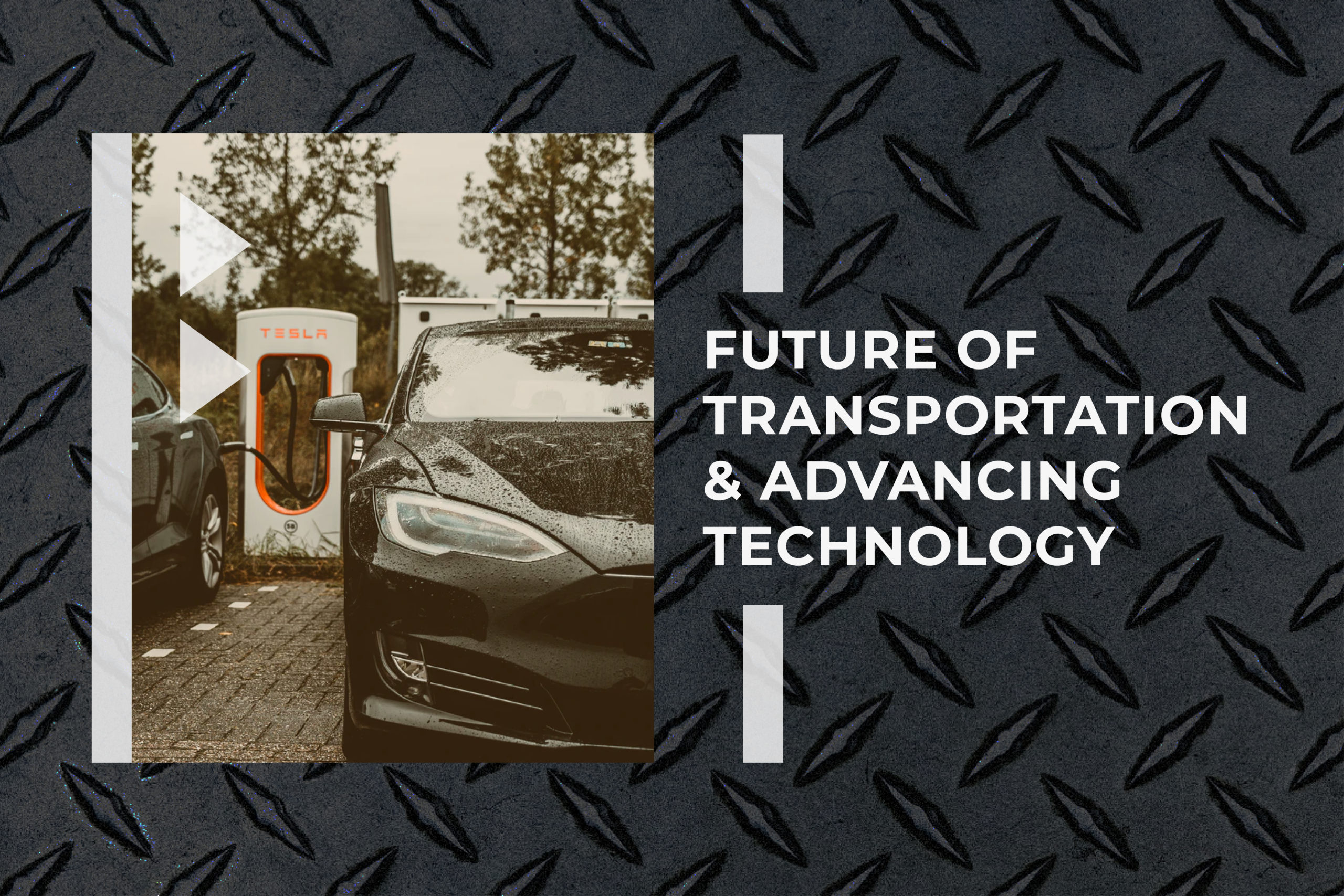Future of Transportation and Advancing Technology

Future trends and the impact on collision repair
Major technological advancements impacting the future of transportation in the automotive industry are on the horizon, bringing significant change to the collision repair provider. The futuristic vision for urban transportation includes a shift from personal ownership to mobility as a service as (MaaS) where dense populations will benefit from ease and accessibility via app-based options. These include rideshare, bikeshare, and use of electric scooters. Advancement in electric and autonomous vehicles for both rideshare fleets and passenger vehicles will require collision repair providers to continually invest in training, upgrade equipment, technology and facilities to meet the challenges these innovations bring to the restoration process.
Defining the trends of the next decade
Micromobility
Micromobilityis defined as a form of transportation that is smaller or lighter than a car, covering shorter distances, often electric and used as part of an app-based platform. This includes both electric and traditional scooters and bicycles. Often referred to as the ‘first and last mile,’ these forms of transportation can be used in concert with other modes of transportation including public and rideshare. In urban areas, this can mean greater accessibility for those who either cannot operate or afford or choose to own a personal vehicle. The future of transportation could reduce the number of passenger vehicles on the roads, with greater reliance upon rideshare fleets and public transportation.
Electrification
Electrificationis seen as the biggest automotive shift in the future of transportation as batteries continue to improve in weight, charging endurance and affordability. Automakers continue to seek these improvements in response to tightening emission regulations and climate concerns. According to Bloomberg’s “2019 Electric Vehicle Outlook,” by 2040, 57% of all passenger vehicle sales and 30% of all global passenger fleets will be electric.
Autonomous
Autonomous vehicle technology will continue to advancement in the Level 2 (hands on, eyes on, mind on) driver assistance technology over the next ten years with some Level 2+ adoption (hands off, eyes on, mind on) but representation from government agencies, rideshare and technology companies on panels at the 2020 Consumer Technology Conference agreed, passenger vehicles with Level 4 and Level 5 technology are 20-30 years off, though piloting of projects by fleets, both passenger and commercial are underway.
1 https://about.bnef.com/electric-vehicle-outlook/
These trends, often referred to as CASE (connected, autonomous, shared, electric), are having a significant impact on the collision repair industry. In the future of transportation, urban plans for micromobility, combined with rideshare and public transportation, aim to reduce reliance upon personal vehicle ownership. Rideshares such as Lyft are dedicated to both electrification and autonomous vehicles for economic, environmental and safety reasons. These rideshare companies are looking to operate their own repair centers, which coupled with greater on-road safety and fewer passenger vehicles, may dramatically reduce the volume of business available to the independent collision repair provider.
The technological advancements in electrification and autonomous vehicles demand transformation of the collision repair facility. Mitchell highlights 3 top challenges the electric vehicle (EV) brings to collision repair:
- Striving to build lighter, safer vehicles, manufacturers of EVs are incorporating special high strength, lightweight materials that require new techniques, equipment and skills to repair. Following OEM procedures for special materials is critical as material composition dictates repair techniques and whether replacement is required. (For specific challenges to repair special materials see our blog.)
- Only a trained technician should disarm a high voltage battery, which can result in lethal shock if not properly handled. Cost of repairs can be significant if batteries are damaged, and removal of batteries during part repair leads to additional labor cost.
- Refinishing of an EV requires specialized curing equipment and techniques. The paint booth baking cycle and temperature utilized for regular vehicles are not compatible for EVs. Investment in infrared curing technology and training is required.
As advanced driver assistance systems shift toward higher autonomy (L2+ to L5), sensor placement and use of high strength, lightweight materials will continue to impact the repair versus replace determination. Challenges specific to this technology in the future of transportation include the following:
- Calibration, testing and validation of all sensors will become critical components of collision repair, requiring new skill sets.
- Refinishing techniques, including specific paint thicknesses surrounding sensors requires training and equipment.
- Similar to EVs, techniques for repair of special high strength materials require training and facility adaptation.
2 https://www.mpower.mitchell.com/is-your-collision-repair-facility-ready-for-electric-vehicles/
To meet these challenges, collision repair centers must invest in training, equipment and access to OEM repair procedures. To compete with dealerships and gain access to specific procedures, MSOs and independent repair centers face the costly endeavor of becoming certified by each OEM and/or paying access fees. Today, Tesla operates 3 dedicated repair and service centers with a network of independent certified providers country wide. Tesla offers on-line courses for certification into their approved body shop network for a fee. Without certification, service information access costs $350/mo. Independent collision repair centers may find greater competition from dealership service centers in the future as electric vehicles are projected to require fewer service visits.

Greg Horn
Greg Horn is PartsTrader’s
Chief Innovation Officer.
